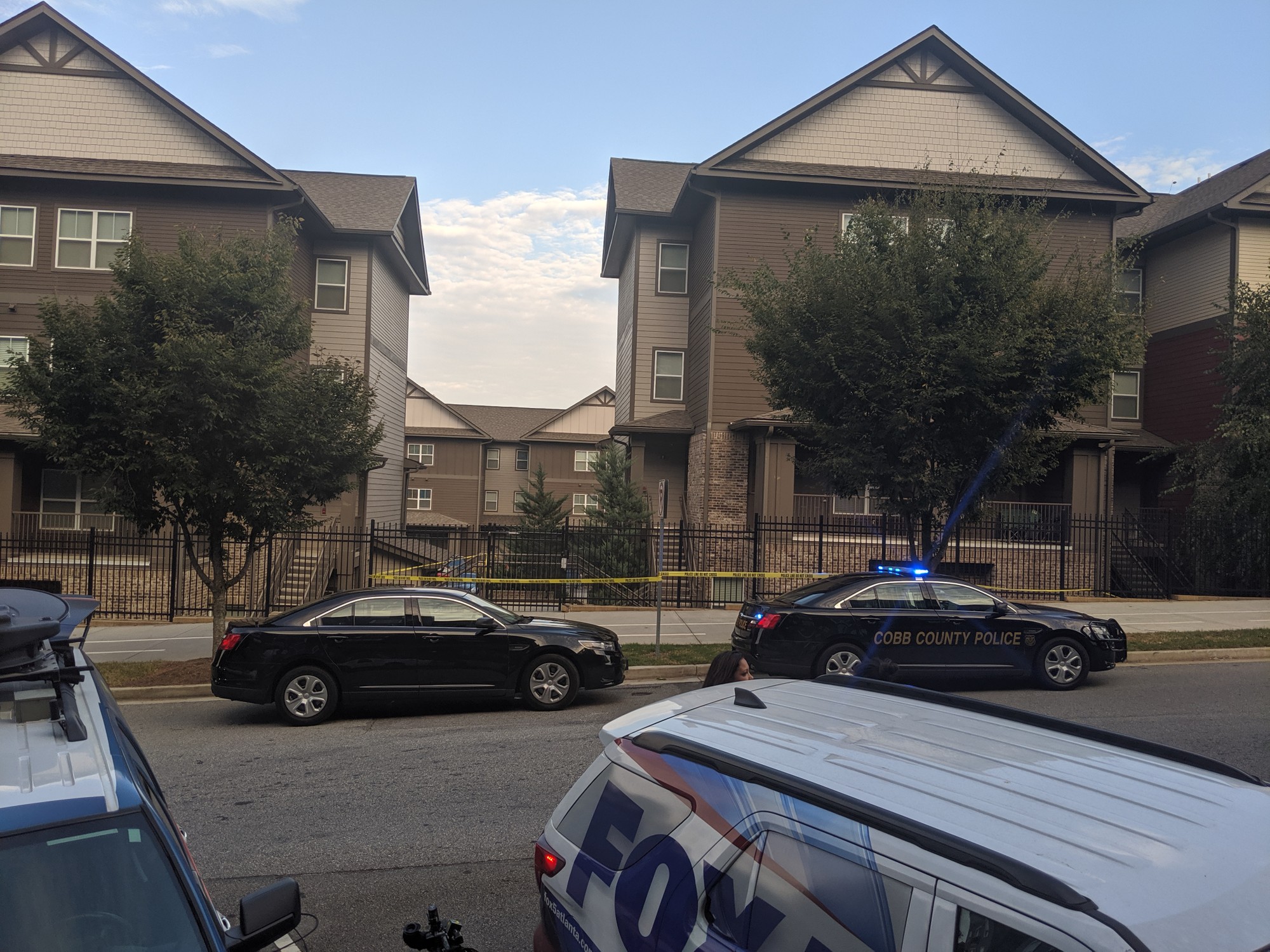What Happened?
Beginning Sunday, March 2, dangerously heavy rains have caused flooding and landslides in southeast Brazil that have killed at least 28 in Brazil and left 42 people missing.
The rains have caused torrential flooding and landslides in the coastal Baixada Santista region, according to FloodWatch. The São Paulo State Civil Defense has stated that some areas recorded over 280 millimeters of rain in 12 hours.
The hardest hit cities were Santos, Guarujá and São Vicente, with 156 people being displaced in Guarujá and 18 people displaced in São Vicente.
In Context
The March flooding is not the first time Brazil has seen devastating rain in 2020. Similar rains caused 54 deaths, left 18 missing and displaced over 30,000 people in southeast Brazil in January, according to the Guardian.
These January floods included a 171-millimeter rainfall between Thursday, Jan. 23, and Friday, Jan. 24, which proved to be Rio de Janeiro’s highest rainfall total in the last 110 years.
After the record rains in Rio de Janeiro, February 2020 was Brazil’s rainiest month in the 77 years Brazil’s National Meteorological Institute has been recording rainfall, according to the National Oceanic and Atmospheric Administration.
Western portions of the state Minas Gerais — 395 miles northwest of Rio de Janeiro — reported precipitation amounts close to the February historical average in addition to the floods in January, according to the NOAA.
The Latest
As of Thursday, March 5, at least 28 deaths have been confirmed and a search party involving 1,830 people from the São Paulo State Civil Defense, fire department and military police is in effect to find the missing 42 people, São Paulo Governor João Doria said, according to FloodWatch.
As evacuations continue and the search party attempts to find the missing people, authorities have warned that the rain is not expected to stop, according to CNN.
Despite continuing rains, the search party will continue for as long as necessary, Doria said according to FloodWatch.
Brazil’s government expects the death toll to rise as search and rescue operations continue, according to the NOAA.
Along with the search and rescue operations, humanitarian aid has been delivered to Baixada Santista, and a relief fund has been started to assist families affected by the flood, according to CNN. The relief fund will focus on the cities of Mage, Mesquita, Rio Bonito and Seropedica, where more than 5,000 people have been displaced.
A yellow alert for heavy rain was also put in effect Sunday, March 8, and lasted until 9:59 p.m. Brasília Time, or 8:59 p.m. eastern standard time, according to AccuWeather.


